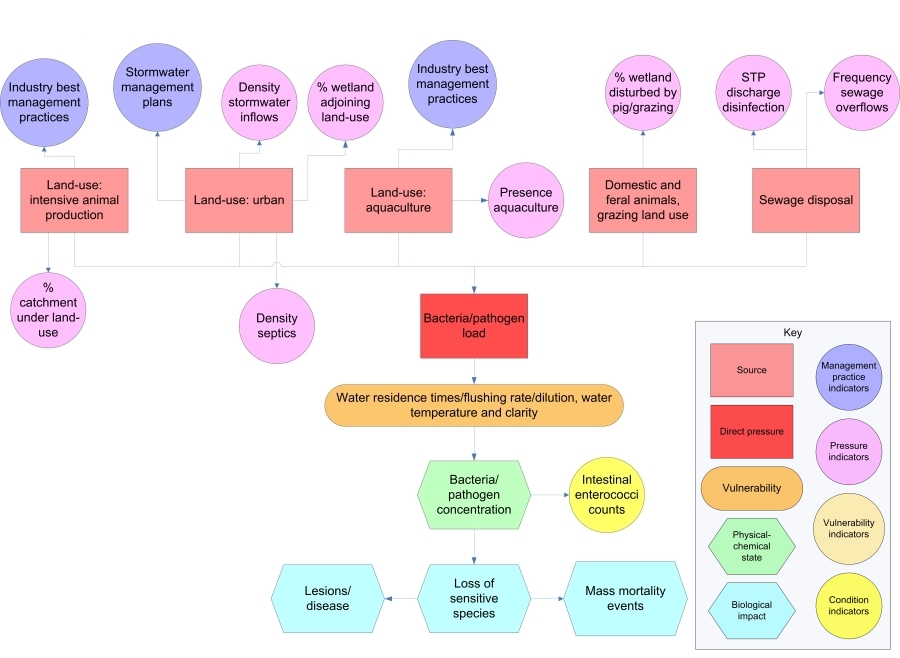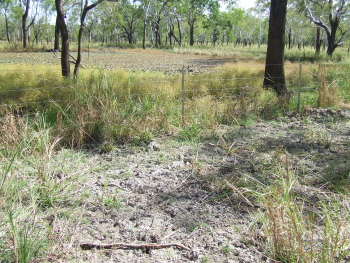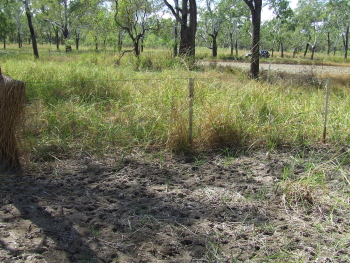|
|
Bacteria/pathogens – Management responseBacteria/pathogens – Management responseFlow chart showing the major elements associated with bacteria and pathogen management
Click on elements of the flow chart or select from the tabs below Management practices to reduce bacteria/pathogen load entering a wetland:
Last updated: 22 March 2013 This page should be cited as: Department of Environment, Science and Innovation, Queensland (2013) Bacteria/pathogens – Management response, WetlandInfo website, accessed 8 May 2025. Available at: https://wetlandinfo.des.qld.gov.au/wetlands/management/pressures/lacustrine-palustrine-threats/bacteria-pathogens/managment.html |

 — Department of the Environment, Tourism, Science and Innovation
— Department of the Environment, Tourism, Science and Innovation




